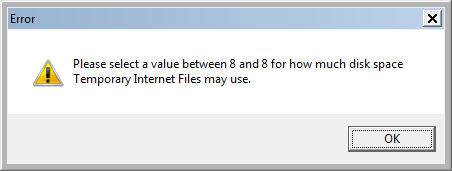The Latest Price
by in CodeSOD on 2016-05-25Relational Database are a great way to structure data, but they have their warts. Certain kinds of structures don’t model well relationally, some are difficult to tune for performance, and some queries are just expensive no matter what. Still, with some smart design choices, some indexes, and some tuning of the execution plan, you can make things work.
Hambai approached a tuning problem with that perspective. The database had a huge pile of financial information- stock transactions, commodity valuations, and currency exchange rates. When it was new, queries were fast, but now, years on, performance ground to a halt. One query that drew his attention was one for accessing the latest exchange rate for four different currencies. It was run frequently, and each access took up to thirty seconds.


 Apr 16
Apr 16